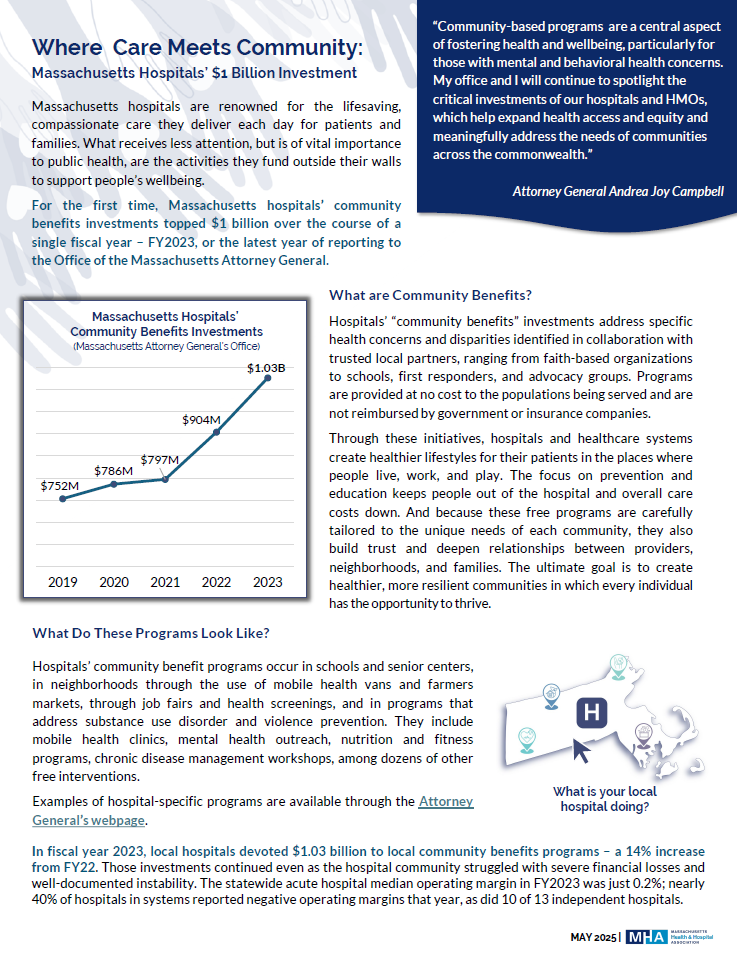Community Benefits
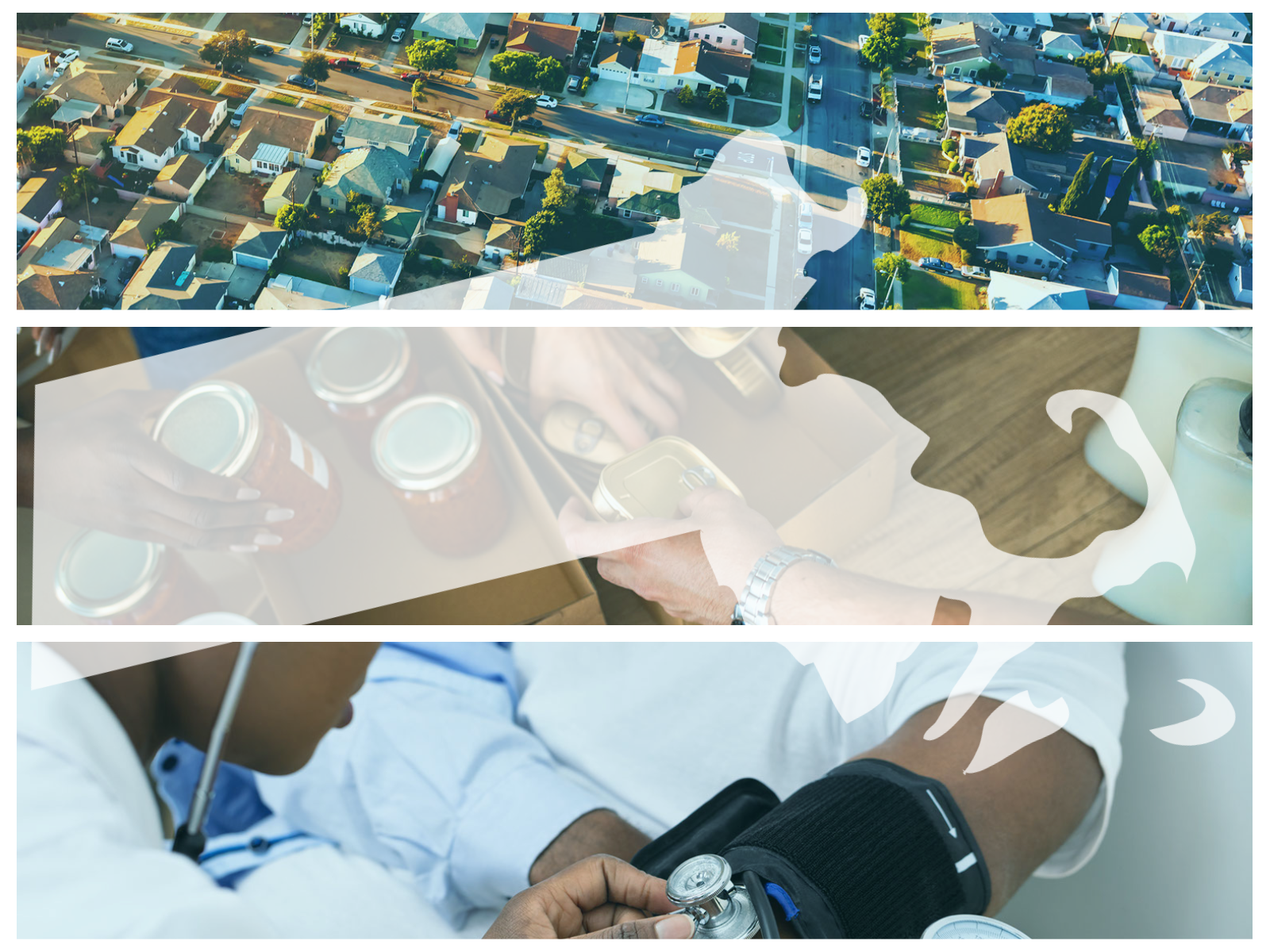
Care in the Places Where Patients Live, Work, and Play.
Each day Massachusetts hospitals provide high-quality, life-saving care to patients throughout the commonwealth. And every day, these same hospitals reach out to their communities, offering a wide range of services that help build and support the cities and towns they serve, and individuals in all walks of life.
These hospital “community benefits programs” – provided at no cost to those being served – are not reimbursed by state or federal governments, by any health insurance company, or through any public subsidy. Hospitals willingly offer them, knowing that to create healthy an equitable communities they must intervene prior to illness through preventive care and offer wellness programs and support groups, among many other initiatives. This takes extensive work both inside and outside the walls of the hospital.
Where Care Meets Community:
Hospitals’ $1 Billion Investment
For the first time, Massachusetts hospitals’ community benefits investments topped $1 billion over the course of a single fiscal year – FY2023, or the latest year of reporting to the Office of the Massachusetts Attorney General.
“Community-based programs are a central aspect of fostering health and wellbeing, particularly for those with mental and behavioral health concerns. My office and I will continue to spotlight the critical investments of our hospitals and HMOs, which help expand health access and equity and meaningfully address the needs of communities across the commonwealth.”
Attorney General Andrea Campbell
The Massachusetts Attorney General’s office sets forth voluntary principles that non-profit hospitals follow in creating their community benefits programs. The AGO’s guidelines encourage hospitals to partner with their communities (and other hospitals in contiguous service areas) to offer programs that target unmet health needs within the communities they serve.
According to the latest IRS reporting, hospitals funded the following:

$676 Million in Health Professions Education
Educational programs that are available to physicians, medical students, interns, residents, nurses and nursing students, and other health professionals that are not available exclusively to the hospital’s employees.
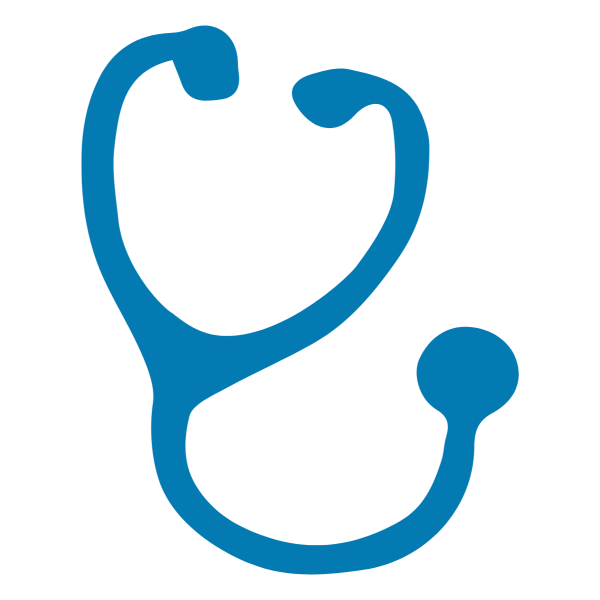
$716 Million in Subsidized Health Services
Clinical service lines that would not be available in the community if the hospital stopped providing them. This includes resources like air ambulance, neonatal intensive care, burn units, mobile units, and hospice and palliative care.
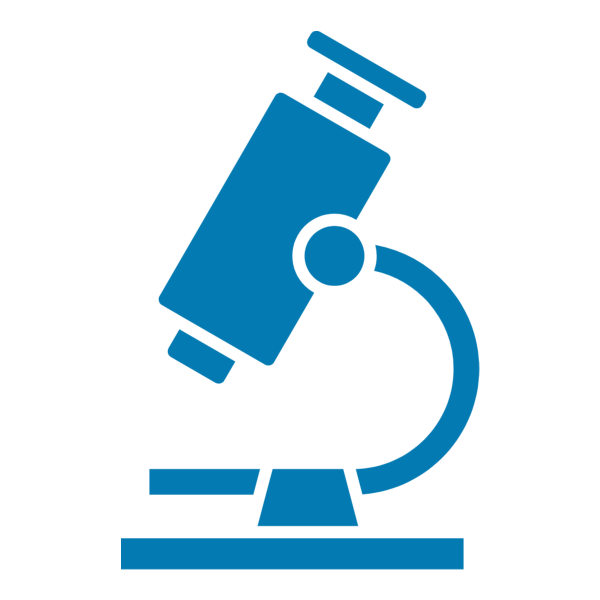
$506 Million in Research
Clinical and community health research, as well as studies on healthcare delivery that are shared outside the hospital.

$115 Million in Community Health Improvement Services & Community Benefit Operations
Activities that improve community health based on an identified community need. They include support groups, self-help programs, health screenings, and health fairs, and also include the costs associated with staffing and coordinating the hospital’s community benefit activities.
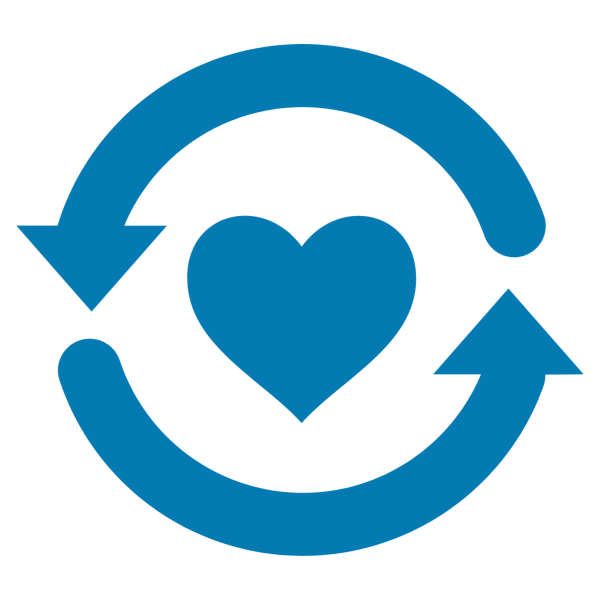
$347 Million in Charity Care
Free or discounted health services provided to people who cannot afford to pay and who meet the eligibility criteria of the hospital’s financial assistance policy.
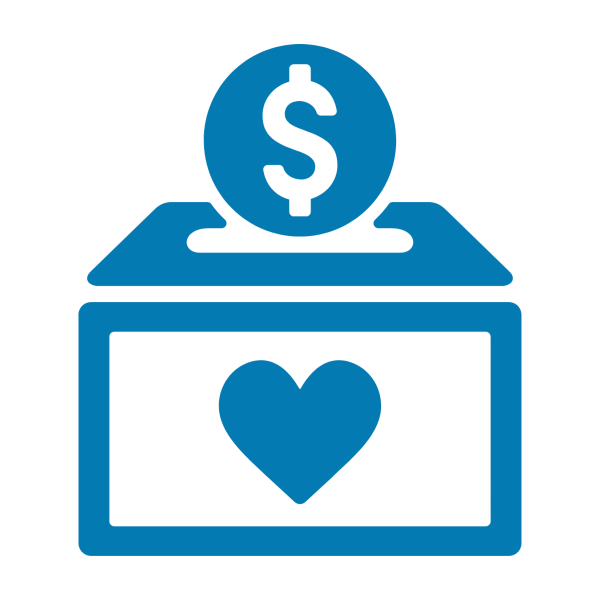
$68 Million in Cash and In-Kind Contributions
Funds and services donated to the community, including contributions to non-profit community organizations, grants, and meeting room space for non-profit organizations.

 Massachusetts Health & Hospital Association
Massachusetts Health & Hospital Association 